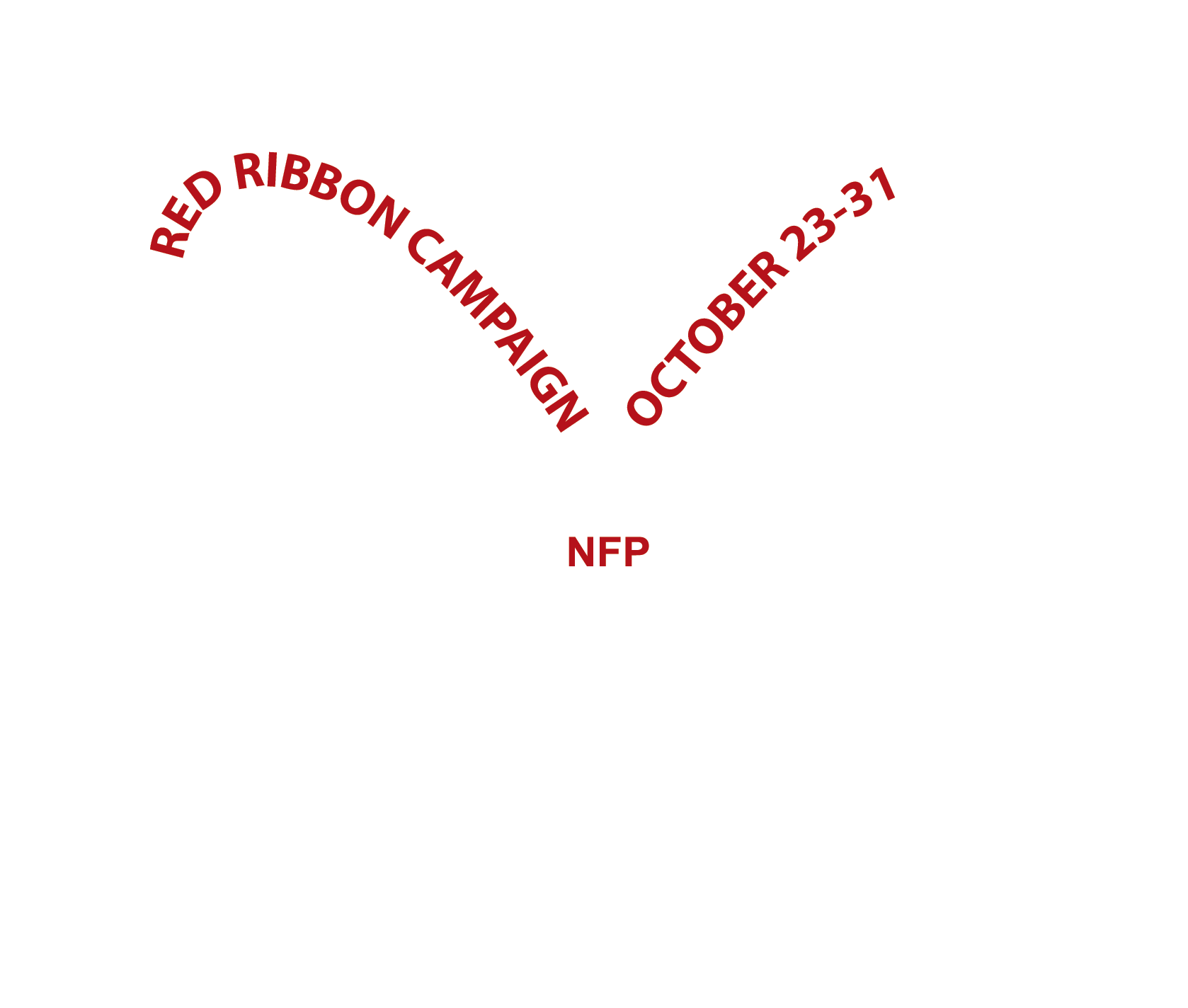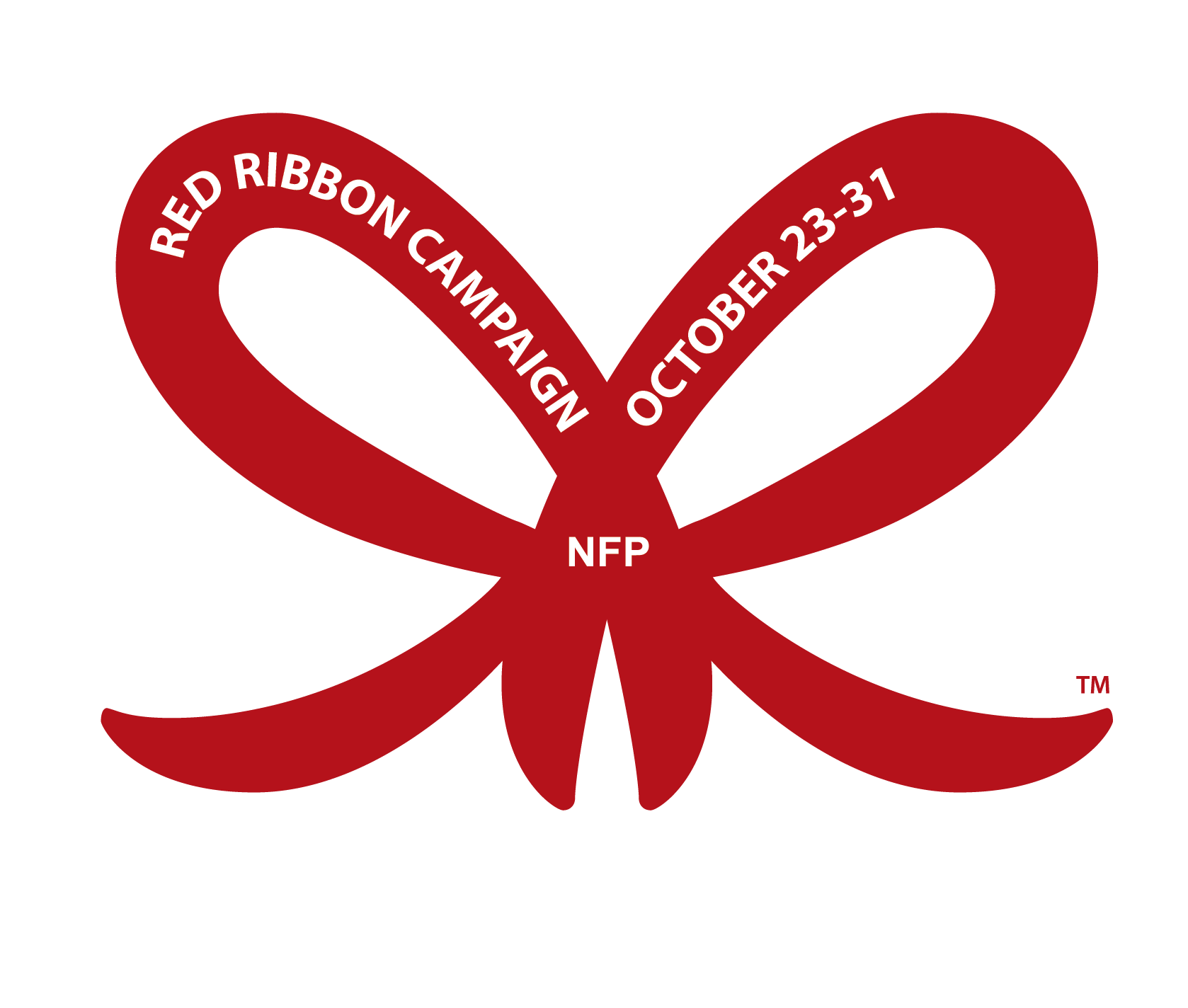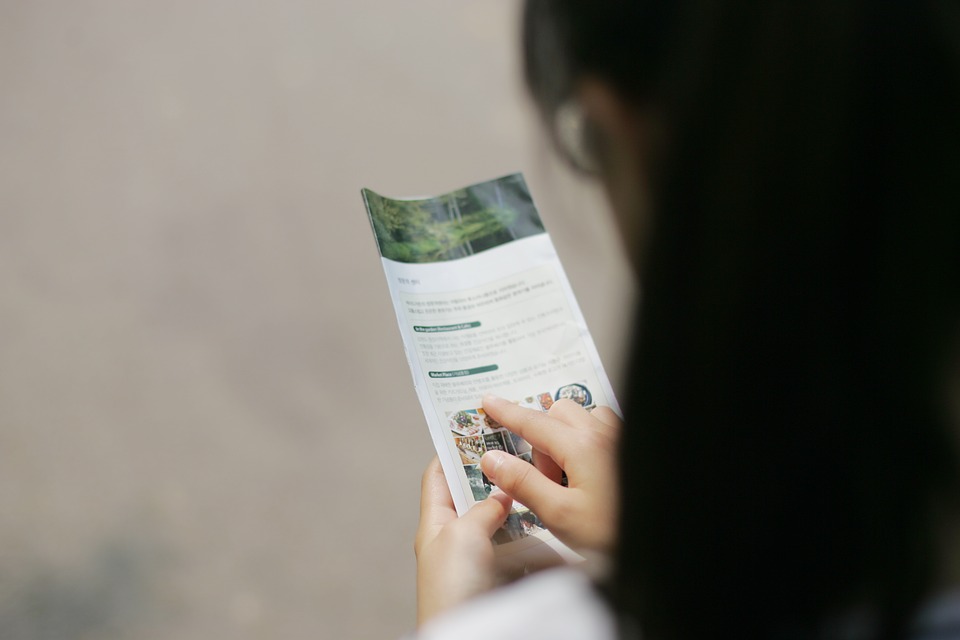Objective
To understand facts about drugs and use those facts to impact the entire school population.
Background
For grades 7-12. Students will be given a list of Drug Information Web sites and a blank "Drug Abuse Crossword". They are to complete the crossword by finding the answers within the various websites. The information they glean from the Web search will be used to plan an informational brochure to be distributed to all students in school.
Activities
Day One
1. Begin the lesson by distributing a variety of brochures to students. They can be brochures on travel, information, local services, etc. Ask students which brochures they're most likely to read. Why? Which brochures will you remember or hang onto? Why? Discuss layout, graphics, photos, and written content.
2. From the discussion, form a list of the elements that make a brochure effective, including:
• Easy-to-read layout
• Written content appropriate for the target reader
• Interesting and relevant graphics/photos
3. Explain to students that they will be creating a brochure about drug abuse, aimed at their fellow students. The brochure's information will come from research they gather from the Web as they find the answers to a crossword puzzle.
4. Give each student copies of the "Drug Abuse Crossword" and the Drug Information Web sites list (or the URL where both are located and can be printed out).
5. Explain that while they're completing the crossword, they should take notes on any information they would like to include in their brochure.
Day Two
1. Break students into groups to work on the brochure. You can assign topics of drug categories to each group, or let each group decide which general information on drug abuse is most important for the brochure (this second option will likely work better in smaller classes).
2. Students can use either a desktop publishing program, or design their brochures using pen and ink.
3. Encourage the class to make sure their brochures include:
• A catchy title and/or slogan
• Eye-grabbing graphics
• Humor, analogies, or case studies
• An easy-to-read layout
4. Have the brochures copied and have students distribute them throughout the school using various means, such as:
• Making available in school nurse and counselor offices
• Posting on common bulletin boards
• Handing out at the cafeteria or school assembly
• Slipping under car windshields in the student parking lot
Classroom Assessment
Score student work as a combination of group and individual assessment, according to the following 100 point scale:
• Completed crossword puzzle: 20 points
• Information in brochure was accurate and complete: 30 points
• Layout and written content in brochure was clear and creative: 20 points
• Graphics for brochure were clear and creative: 10 points
• Shared group responsibilities: 20 points
Resources
• Brochure samples
• Computers with Internet access
• Drug Information Web sites list
• "Drug Abuse Crossword"
• Crossword Answer
• Key Desktop publishing software or paper, pens, magic markers
Teacher Tips
• Students might also plan an assembly with a speaker who is knowledgeable and interesting to teens. As students enter the gymnasium, students would distribute their brochures.
• Bundle the brochures with school district newsletters or mailings.
• Distribute the brochures in the community, such as at the library, recreation center, doctors' offices, health club, etc.
• A further extension would be for them to generate their brochures on-line (on the school's Web site, if available).
Source
PBS Learning Media





